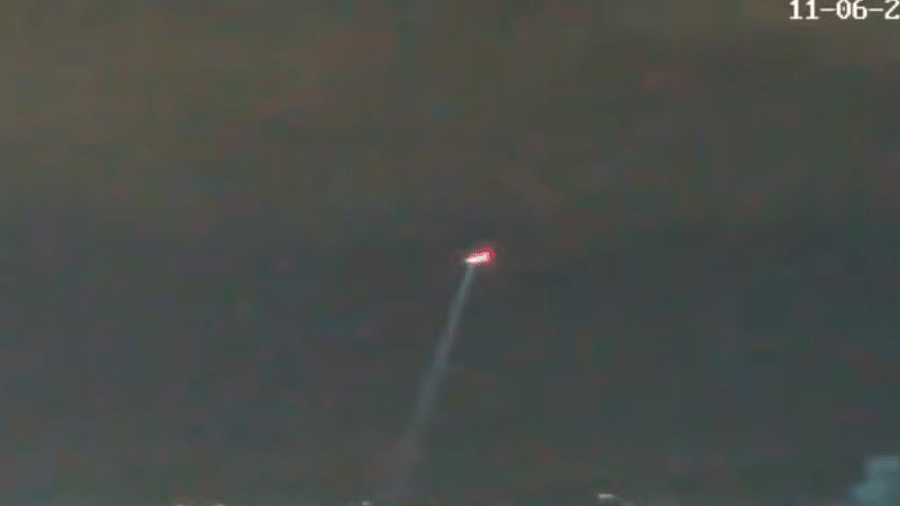Cheias de rios já afetam 58 municípios do AM; 29 em situação de emergência

A Defesa Civil do Amazonas declarou estado de emergência em 29 municípios por causa das cheias nos rios do Estado. Além deles, outros 28 estão em situação de alerta e um em estado de atenção devido ao fenômeno. A estimativa é que 292 mil pessoas já tenham sido afetadas pelas cheias desde o início do ano.
Na noite de hoje, sete dos municípios em emergência estavam na calha do Rio Juruá; três na calha do Purus; dois na calha do Madeira; cinco no calha do alto Solimões; dois no médio Solimões; seis no baixo Solimões; dois no médio Amazonas e dois no baixo Amazonas.
Os municípios em situação de alerta recebem monitoramento em tempo real da Defesa Civil pelos riscos que inundações causam às populações.
Aqueles municípios em situação de emergência recebem "reconhecimento legal" de que am por "situações anormais provocadas por desastre".
Em Anamã, no Baixo Solimões, comunidades da zona rural ficaram "completamente inundadas" e a situação de emergência foi decretada pelo prefeito Chico do Belo ainda na segunda-feira (16).
De acordo com o Governo do Amazonas, 28,8 mil pessoas de nove municípios em situação de emergência estão recebendo um auxílio no valor de R$ 300 para "minimizar os impactos causados pela subida dos rios".













ID: {{comments.info.id}}
URL: {{comments.info.url}}
Ocorreu um erro ao carregar os comentários.
Por favor, tente novamente mais tarde.
{{comments.total}} Comentário
{{comments.total}} Comentários
Seja o primeiro a comentar
Essa discussão está encerrada
Não é possivel enviar novos comentários.
Essa área é exclusiva para você, , ler e comentar.
Só s do UOL podem comentar
Ainda não é ? Assine já.
Se você já é do UOL, faça seu .
O autor da mensagem, e não o UOL, é o responsável pelo comentário. Reserve um tempo para ler as Regras de Uso para comentários.